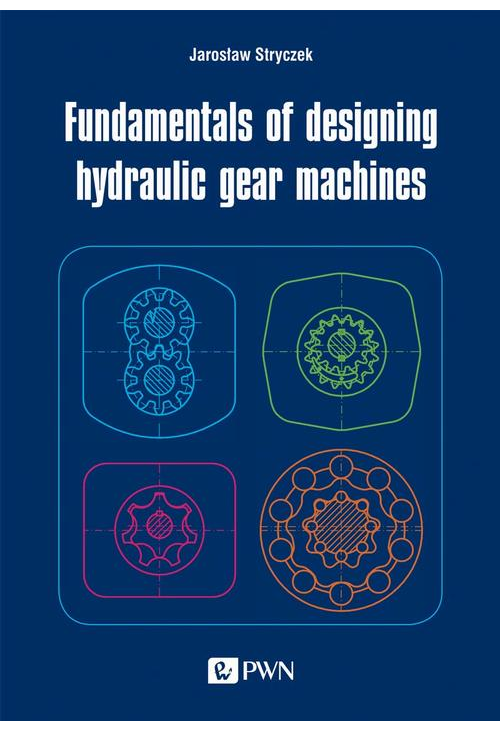
- -11%
ebook Fundamentals of designing hydraulic gear machines
Fundamentals of designing hydraulic gear machines to kompleksowe wprowadzenie do projektowania maszyn przekładniowych z napędem i sterowaniem hydraulicznym. Autor, Jarosław Stryczek, dzieli się swoją wiedzą zdobytą podczas ponad czterdziestoletniego doświadczenia w tej dziedzinie.
Wydane przez Wydawnictwo Naukowe PWN w 2020 roku, ta publikacja jest napisana po angielsku i skierowana zarówno do inżynierów, jak i studentów mechaniki oraz technologii płynowej.
Maszyny przekładniowe hydrauliczne (HGM) odgrywają kluczową rolę w systemach napędowych i sterujących, gdzie przekładnie są głównym elementem zarówno pod względem projektu, jak i zasady działania. HGM-y znajdują zastosowanie w przekształcaniu energii mechanicznej na hydrauliczną lub odwrotnie - jako pompy lub silniki hydrauliczne.
Jarosław Stryczek, będący członkiem Grupy Badawczej Napędu Hydraulicznego przy Wydziale Mechanicznym Politechniki Wrocławskiej, podzielił się swoimi doświadczeniami i wiedzą w tej dziedzinie.
Jeśli interesują Cię ebooki naukowe, literatura techniczna lub poszukujesz bestsellerów z dziedziny mechaniki płynowej, ten tytuł jest dla Ciebie! Dostępny w wydaniu elektronicznym w formacie PDF, łatwo pobierzesz go ze sklepu z ebookami.
Zanurz się w świat hydrauliki i naucz się projektować wydajne maszyny przekładniowe za pomocą tego praktycznego i przystępnego podręcznika.
Spis treści ebooka Fundamentals of designing hydraulic gear machines
Preface 111. Definition, systematics and methodology of designing hydraulic gear machines 13
1.1. Definition and systematics 13
1.2. Designing methodology 15
2. The process of energy transformation in hydraulic gear machines 20
2.1. General models of a pump and a motor 20
2.1.1. General model of a pump 20
2.1.2. General model of a motor 21
2.2. Ideal and real characteristics of a pump and a motor 24
2.2.1. Characteristics of a pump 24
2.2.2. Characteristics of a motor 28
2.3. Conclusions 32
3. Gears in hydraulic gear machines 33
3.1. Teeth, gears and the external involute gear systems 34
3.1.1. The tooth, the external gear 34
3.1.2. The boundary number of teeth, correction of the external tooth 38
3.1.3. The external involute gear system 40
3.1.3.1. The uncorrected gear system, the principle of co-operation, t e number of contact 40
3.1.3.2. The corrected gear system, the principle of co-operation, the number of contact 42
3.2. Teeth, gears and the internal involute gear systems 45
3.2.1. The tooth, the internal gear 45
3.2.2. The boundary number of teeth, correction of the internal tooth 47
3.2.3. The internal involute gear system 48
3.2.3.1. The uncorrected gear system, the principle of co-operation, the number of contact 48
3.2.3.2. The corrected gear system, the principle of co-operation, the number of contact 50
3.2.3.3. Interference of the gear teeth 52
3.3. Teeth, gears and the internal cycloidal gear systems 54
3.3.1. Teeth, gears and the uncorrected internal epicycloidal gear system 54
3.3.2. Teeth, gears and the corrected internal epicycloidal gear system 59
3.3.3. Principle of co-operation in the epicycloidal gear system, the line of contact, the number of contact 61
3.3.4. Teeth, gears and the uncorrected internal hypocycloidal gear system 64
3.3.5. Teeth, gears and the corrected internal hypocycloidal gear system 67
3.3.6. Principle of co-operation in the hypocycloidal gear system, the line of contact, the number of contact 69
3.3.7. Principle of co-operation in the cycloidal gear system with moveable axes 71
3.3.8. Principle of co-operation in the cycloidal multi-gear systems 74
3.4. Conclusions 75
4. Channels and clearances in the fluid power gear machines 78
4.1. The system of fixed channels and clearances 78
4.2. The system of moveable channels and clearances 80
4.3. The system of channels and clearances in the machines of the first group 81
4.3.1. Inlet channel and inlet chamber 82
4.3.2. Inlet bridge 83
4.3.3. Outlet channel and outlet chamber 85
4.3.4. Outlet bridge 86
4.3.5. Axial and radial clearance 103
4.4. The system of channels and clearances in the machines of the second group 105
4.4.1. Inlet channel and inlet chamber 105
4.4.2. Inlet bridge 108
4.4.3. Outlet channel and outlet chamber 109
4.4.4. Outlet bridge 110
4.4.5. Axial and radial clearance 118
4.5. The system of channels and clearances in the machines of the third group 120
4.5.1. Inlet channel and inlet chamber 121
4.5.2. Inlet bridge 122
4.5.3. Outlet channel and outlet chamber 124
4.5.4. Outlet bridge 125
4.5.5. Axial and radial clearance 132
4.6. The system of channels and clearances in the machines of the fourth group 134
4.6.1. The system of channels and clearances in the multifunctional hydraulic gear machine (MHGM) 134
4.6.2. The system of channels and clearances in the ORBIT orbital motor 137
4.6.3. The system of channels and clearances in the MAX orbital motor with double cycloidal gearing 140
4.7. Conclusions 142
5. Delivery and delivery pulsation, capacity and capacity pulsation of the fluid power gear machines 144
5.1. General formulae 145
5.1.1. Instantaneous delivery 145
5.1.2. The proper, theoretical and average delivery 152
5.1.3. Delivery pulsation 154
5.2. Delivery and delivery pulsation in the machines of the first group 154
5.3. Delivery and delivery pulsation in the machines of the second group 160
5.4. Delivery and delivery pulsation in the machines of the third group 163
5.4.1. Epicycloidal gear machines 165
5.4.2. Hypocycloidal gear machines 172
5.5. Delivery of the machines of the fourth group 179
5.6. Conclusions 181
6. Pressure and pressure pulsation in the fluid power gear machines 182
6.1. Theoretical characteristics of the pressure and pressure pulsation changes in the intertooth displacement chamber T in the machines od the first-third group 184
6.2. Theoretical characteristics of the pressure and pressure pulsation changes in the intertooth displacement chamber in the machines of the fourth group 191
6.3. Conclusions 193
7. The visual study of the flow processes and phenomena taking place in the channels and clearances of the gear machines 195
7.1. General comments 195
7.2. The subject and methodology of the visual study, the test stand 195
7.3. The visual study of the machines of the first group 199
7.3.1. Inlet channel and inlet chamber 202
7.3.2. Inlet bridge 204
7.3.3. Outlet channel and outlet chamber 206
7.3.4. Outlet bridge 207
7.3.5. Relief grooves in the outlet bridge zone 212
7.3.6. Axial clearance 216
7.4. The visual study of the machines of the second group 217
7.4.1. Inlet channel and inlet chamber 219
7.4.2. Inlet bridge 221
7.4.3. Outlet channel and outlet chamber 222
7.4.4. Outlet bridge 223
7.5. The visual study of the machines of third group 226
7.5.1. Inlet channel and inlet chamber 228
7.5.2. Inlet bridge 230
7.5.3. Outlet channel and outlet chamber 235
7.5.4. Outlet bridge 236
7.6. Conclusions 238
8. Pressure study in the channels and clearances of the gear machines 241
8.1. The subject and methodology of the study, the test stand 241
8.2. Study of the pressure in the channels and clearances of the machines of the first group 242
8.2.1. Study of gear pump I without axial clearance compensation 242
8.2.2. Study of gear pump II with axial clearance compensation 251
8.3. Study of the pressure in the channels and clearances of the machines of the second and third group 258
8.4. Conclusions 271
9. Designing the housings of the fluid power gear machines 273
9.1. Methodology of designing the housings of the fluid power gear machines 273
9.2. Determining the design and technological requirements for the housings of the pumps 274
9.3. Determining the basic shape of the pumps 275
9.4. Strength analysis of the housings of the basic shape gear pumps with the use of FEM 278
9.4.1. Geometrical models, load and fixation 278
9.4.2. Numerical models, research programme 280
9.4.3. Results of the strength analysis of the basic shape pump housings 282
9.5. Global and local modification of the basic shape housing 285
9.6. Strength analysis of the housings of the modified shape gear pumps with the use of FEM 287
9.7. Assumption of the final shape of the pumps 288
9.8. Conclusions 289
10. Designing the axial clearances compensation system 291
10.1. Principle of axial clearance compensation. Methodology of designing the axial clearance compensation system 291
10.2. Designing the axial clearance compensation system in the machines of the first group 293
10.2.1. Assumption of a design solution for the compensation system 293
10.2.2. Defining area Ap of the pressure working in the axial clearance, and the division of the area into partial areas Api 294
10.2.3. Defining the distribution of partial pressure pi working on partial areas Api 296
10.2.4. Defining partial repulsive forces Fpi and the total repulsive force Fp 298
10.2.5. Defining partial torques of the repulsive forces Mpi and total torque of the repulsive forces Mp 299
10.2.6. Defining points of application xpi, ypi of partial repulsive forces Fpi and point of application xp, yp of total repulsive force Fp 305
10.2.7. Shaping total compensation area Ac and its division into partial areas Aci. Determining of compensation pressure pc 305
10.2.8. Defining partial compensation forces Fci and total compensation force Fc 308
10.2.9. Defining coordinates xci, yci of the points of application of partial compensation forces Fci and coordinates xc, yc of the points of application of total compensation force Fc 308
10.2.10. Comparison of total repulsive force Fp and its point of application xp, yp with total compensation force Fc and the point of its application xc, yc 310
10.3. Designing the axial clearance compensation system in the machines of thesecond group 311
10.3.1. Assumption of a design solution for the compensation system 311
10.3.2. Defining partial repulsive forces Fpi and total repulsive force Fp 312
10.3.3. Defining points of application xpi, ypi of partial repulsive forces Fpi and point of application xc, yc of total repulsive force Fp 316
10.3.4. Shaping the total compensation area Ac and its division into partial areas Aci. Determining of compensation pressure pc 319
10.3.5. Defining partial compensation forces Fci and coordinates xci, yci of the points of its application and total compensation force Fc and coordinates xc, yc of the point of its application 321
10.3.6. Comparison of total repulsive force Fp and its point of application xp, yp with total compensation force Fc and the point of its application xc, yc 322
10.4. Designing the axial clearance compensation system in the machines of the third group 324
10.5. Designing the axial clearance compensation system in the machines of the fourth group 326
10.6. Conclusions 330
11. Design solutions of fluid power gear machines 332
References 346
Szczegóły ebooka Fundamentals of designing hydraulic gear machines
- Wydawca:
- Wydawnictwo Naukowe PWN
- Rok wydania:
- 2020
- Typ publikacji:
- Ebook
- Język:
- angielski
- Format:
- epub mobi
- Liczba stron:
- 352
- ISBN dla wersji papierowej:
- 9788301212261
Recenzje ebooka Fundamentals of designing hydraulic gear machines
-
Reviews (0)

Na jakich urządzeniach mogę czytać ebooki?
- -11%




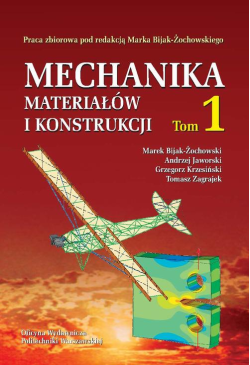
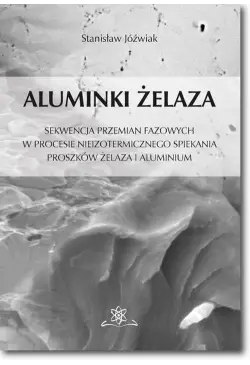
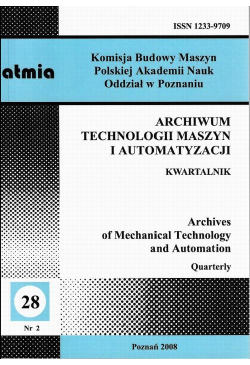
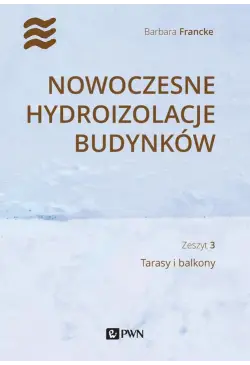
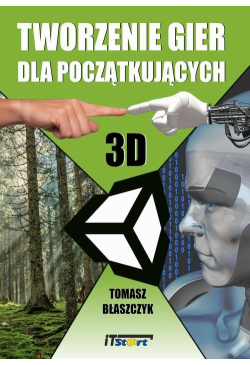


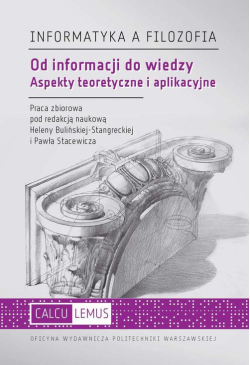

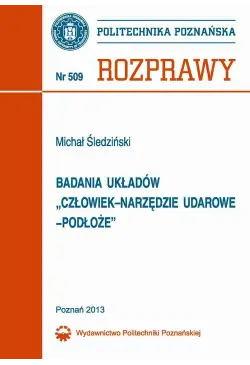

@CUSTOMER_NAME@
@COMMENT_TITLE@
@COMMENT_COMMENT@